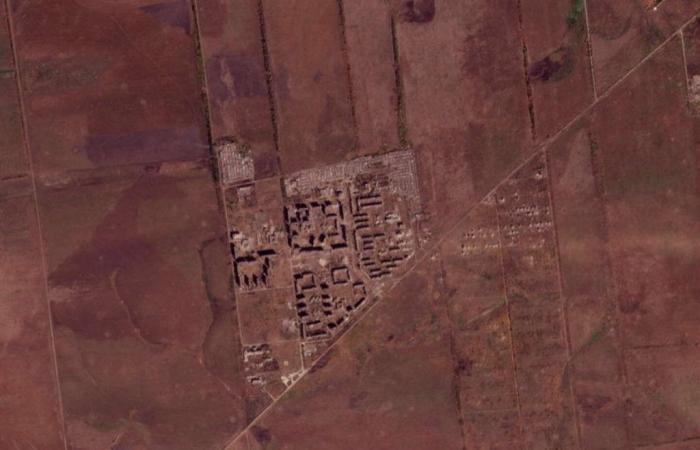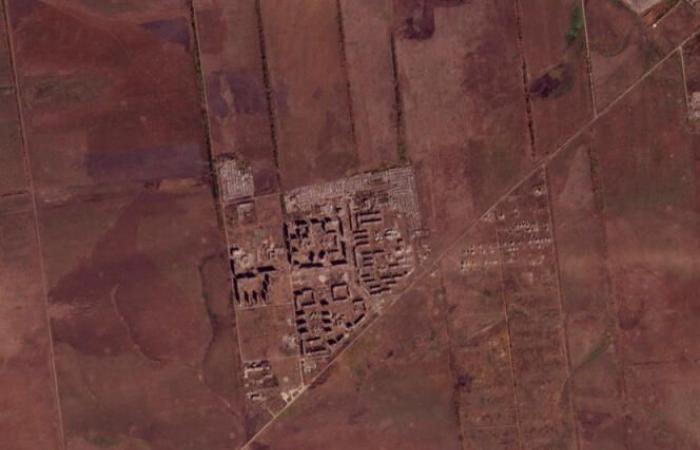The Vouhledar fort had been resisting for more than two and a half years. Ukrainian forces announced on Wednesday October 2 that they were withdrawing. The fate of the mining town in the Donetsk region, 15,000 inhabitants before the war, massively bombed since the start of it and caught in a pincer by the enemy army, was finally decided in recent days, during a final assault by Moscow’s forces.
Read also | Live, war in Ukraine: several Russian bombings in the Kharkiv oblast
Add to your selections
Russian authorities have not yet confirmed the capture of the city. However, Tuesday 1is October, the governor of the region, Vadym Filachkine, had depicted in the morning on Ukrainian television a situation “extremely difficult” making it impossible to deliver humanitarian aid for the last approximately one hundred and seven civilians. Tuesday evening, confirming the presence of Russian forces “in every corner of the city”analysts from the Deep State Telegram channel, close to the Ukrainian army, described the loss of this crucial logistical node for kyiv as inevitable.
The fall of Vouhledar is the latest signal of the irrepressible Russian advance in eastern Ukraine. What has long been presented as a simple “nibbling” territory by the Russians today ends up being significant, consider many military observers. “Over the last two hundred days, the Russian army has advanced on average 110 to 120 meters per day, but in the end, this makes a strip more than 20 kilometers wide. It’s not insignificant”assesses a French military source. “This war is no longer really a high-intensity war as it was often described at the beginning. It is now a slow, long-intensity war.”adds this same source.
Read also | Article reserved for our subscribers In Ukraine, strong surge in the Russian offensive in the Donbass
Add to your selections
The Russian advances in Ukraine follow one another and are similar, with a “pincer” progression of the troops: the Russian forces identify pockets of Ukrainian resistance, two separate units break through the opposing lines in parallel – at the cost of numerous deaths in their ranks – , then they gradually surround the kyiv forces before neutralizing them. “The goal of the Russians is not to conquer territory, but to destroy the enemy. It is annihilation by fragmentation”continues the French source. This pincer system was notably observed in Toretsk and Niou-York, two small Ukrainian towns of 5,000 and 9,000 inhabitants which fell into the hands of the Russians between August 23 and September 20.
Few forces in reserve
Facing the Russians, the Ukrainians did develop a whole bunch of defense lines with field fortifications and very tight trenches, sometimes in the shape of a zigzag to complicate the enemy’s calculations, but such arrangements were not implemented. possible everywhere. Ukrainian forces often hold on to their positions at all costs by resorting to various defense methods, including the massive use of drones. But, unlike Moscow, kyiv has few forces in reserve. The lowering of the legal age for mobilization from 27 to 25 years in the spring is having difficulty bearing fruit. And the absence of a real plan B, despite the “plan for victory” presented by President Volodymyr Zelensky in the United States on September 22, is increasingly undermining the morale of the troops.
You have 45.8% of this article left to read. The rest is reserved for subscribers.







